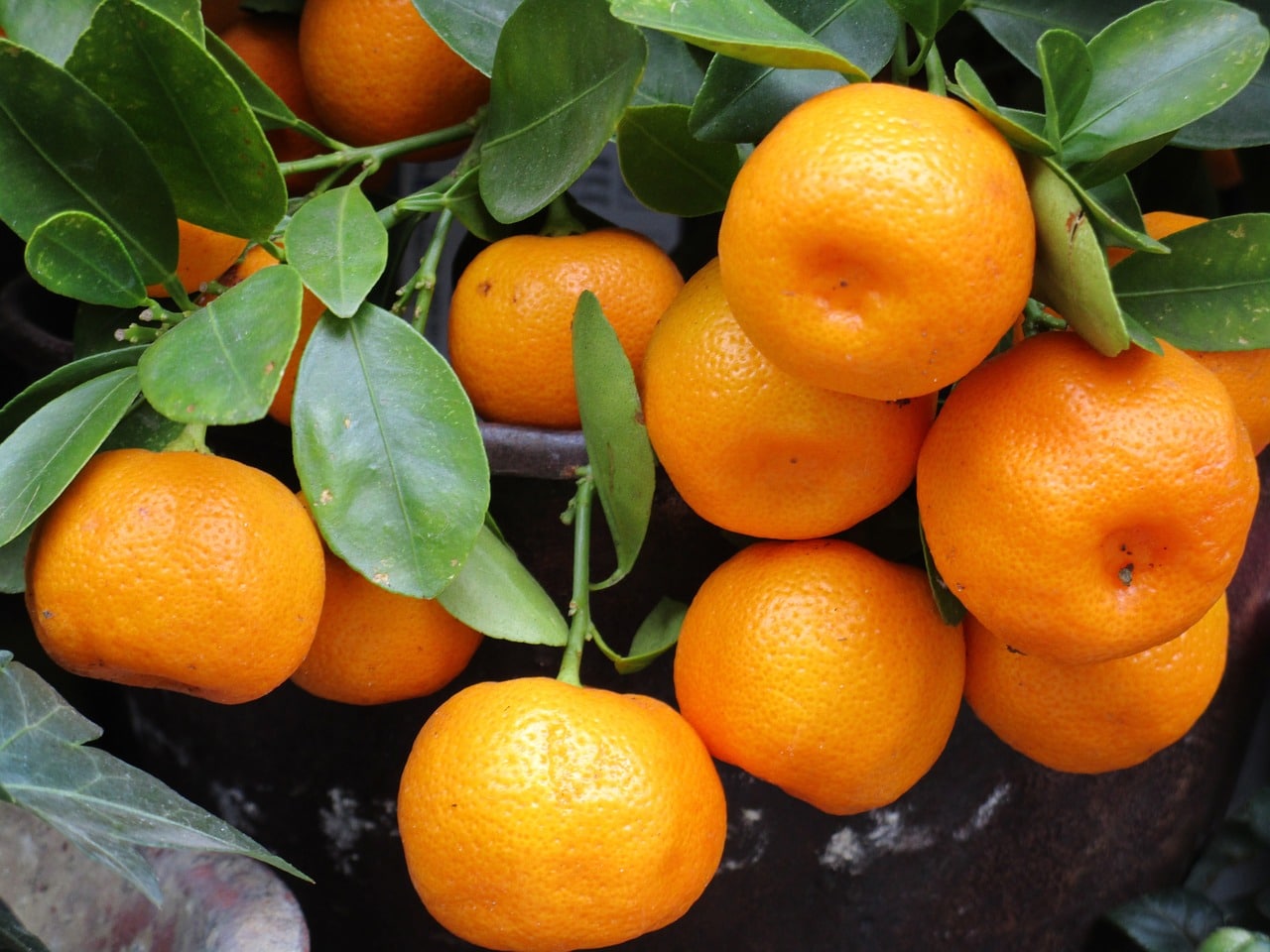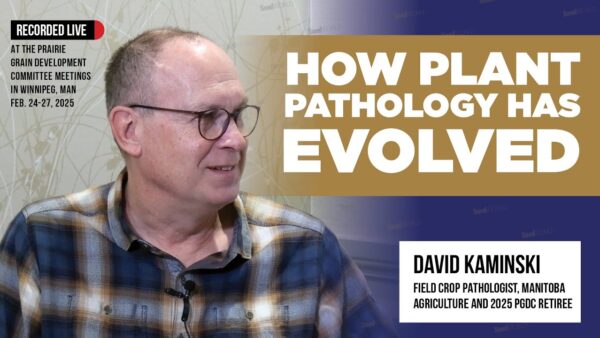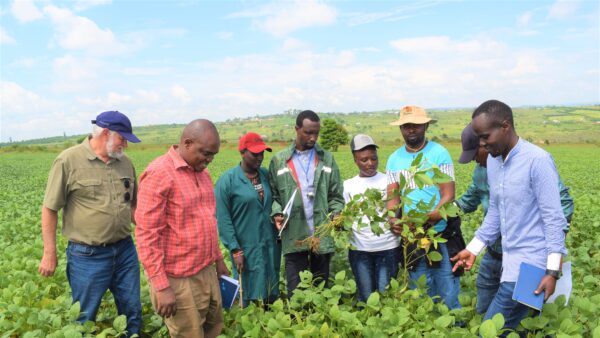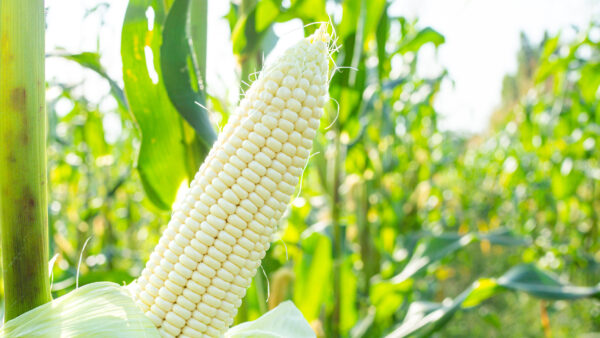Our “Giants of the Industry” share what they’ve been working on, as well as what’s top of mind.
“We are spending a significant amount of our annual sales on what I call pure research, looking at things such as wear tolerance. Every variety that we come up with is being wear tested. We’ve got a new species that will be salt tolerant, and we are working on some things that might allow for a lawn to only need three or four cuttings a summer. The problem that we have is the varieties our teams are working with right now, today, are 10 years out at the earliest. It’s exciting and it’s bright, but it’s 10 years out.”
— Alan Hirsch, Barenbrug USA vice president of consumer products
“There’s this global problem of hidden hunger where humans are deficient in one or more essential micronutrients. It’s finally starting to be addressed through plant breeding. In the past, breeders predominately selected for yield. Now breeders are beginning to be more mindful of selecting for improved nutritional quality, at the same time.”
— Michael Gore, Cornell University professor and plant breeder
“We support the International Seed Federation in its strategy and work with plant variety protection regulators here in South America, encouraging governments to have a UPOV 91 like seed act. If we can work together regionally and gain consensus, that’s much easier than working globally — 11 versus 80. We can use these smaller discussions to build consensus and then grow the ideas out from there.”
— Diego Risso, Seed Association of the Americas executive director
“Cover crops are here to stay. Anticipating what farmers need and then breeding to that need, kind of like precision ag, except, we are doing it in a sector that hasn’t really thought of it that way before. There is an educational challenge associated with these new cover crops. Part of it is understanding that these aren’t your grandpa’s cover crops. People think cereal, rye, oats and some of the more commodity things. There are some amazing products out there that can meet very specific needs and goals, and part of that is getting everyone at the table. One of the comments I heard … is that you really need to think of cover crops as an input, as opposed to this thing that’s on the side.”
— Risa DeMasi, Grassland Oregon founding partner
“The thing that excites me is the new tools that are coming available, in particular the new tools of big data, precision agriculture and predictability. When I was a young plant breeder, our world was big. Our responsibility was to somehow put these breeding populations together, create variability, look at them and come up with an advance or no advance decision. My world existed of about 10 basic traits that we looked at. But if you think about all the possible genes, all the possible environmental impacts on those genes, we were really making those decisions off of millions of data points, even the ones we couldn’t see. Now with the predictive analytics and the big data opportunities, we have a chance to bring many more data points together so that we can see more and use it in predictive breeding.”
— Don Blackburn, Dow AgroSciences global seeds and traits research and development leader












